I am new to MVVM. And i am not able to get answer of this problem since a long time. I don't know if question is so difficult or i have not explained properly. I have MainWindow.Xaml which contains a textblock and a button to receive the data from textblock and now when i press a button it should open second View called tableView.xaml (I have already created User Control for it/Xaml) .
I have two question now (Please note that i am following MVVM while answering)?
(1) How to open this View "tableView.xaml" from button click by closing the current opened MainWindow.xaml form (this button click is binded using MVVM) ?
My code for button click where this new form must open (by closing the current MainWindow.xaml) is here (so i guess the code for opening tableView.xaml must be somewhere here only):
public void SaveExecuted() //some where here i have to open "tableView.Xaml"
{
System.Windows.MessageBox.Show(string.Format("Saved: {0} {1} ", DB_Col.DbName, DB_Col.NumTables));
}
public ICommand SavePersonCommand
{
get
{
if (savePersonCommand == null)
savePersonCommand = new DelegateCommand(new Action(SaveExecuted), new Func<bool>(SaveCanExecute));
return savePersonCommand;
}
}
But how to do that ?
(2) The "tableView.Xaml" has to contain the GUI which will be written in c# dynamically according to the input i received in previous MainWindow.xaml on "Save Button" click and they must be added to tableView.Xaml. So how and where to write that C# code so that the GUI generated by this c# code will be rendered on tableView.Xaml ?
Summary: Could some one please let me know how to open the tableView.Xaml from Button click and how to append/render the GUI on tableView.Xaml (I know how to write the c# code to Generate GUI but where to write that code such that it will render GUI in tableView.Xaml respecting the MVVM rules).
EDIT: I feel like still dear helpers are not able to understand what i am trying to do, So please see it for more detail :
What i have to do is: I have MainWindow.xaml which contains textbox "Enter number of tables" which is receiving input from user (as Number of tables he want to create).And user after entering this input he will click save button. Now saving the button must close the MainWindow.xaml and will launch new usercontrol which is "tableView.xaml". Suppose he enter 4 and save. Now in newly launched tableView.xaml i have to show text box which will receive "Name Of table", "Nmbr of columns", if he enter 3 for Number of columns, then there should be 3 more text box to receive name of each column and data type and Primary key and save button at last.
And this GUI now has to repeat 4 times because in Mainwondow.xaml the user enter 4 in "Number of tables" option dynamically at starting. So we have to repeat this GUI 4 times for each table entry in "tableView.xaml" that's why i am writing code in c# for GUI generation and after GUI generation i will render that GUI obtained from C# code to tableView.xaml. Now you understood ? If you know any other way of doing this using MVVM then you are most welcome to give me a little sample. By generating GUI dynamically using C# code mean i have to do something like :
Now when i got Input from user in MainWindow.xaml as 4 the i repeat below GUI 4 times (in for loop inside a big container) and render it to tableView.Xaml (I am doing it in c# because i have to repeat it dynamically according to the user's choice in MainWindow.xaml form).
StackPanel stp = new StackPanel();
TextBlock txt1 = new TextBlock();
stp.Children.Add(txt1);
This stp must go to tableView.xaml and must render 4 stackpanel each containing textblock.
